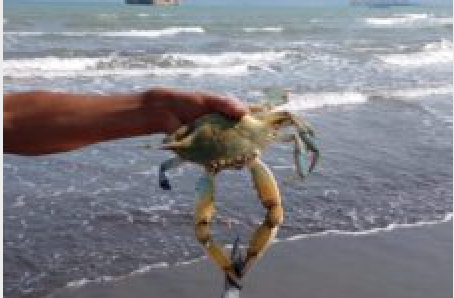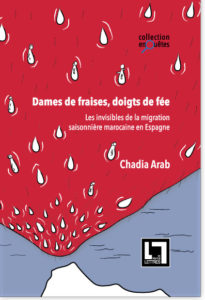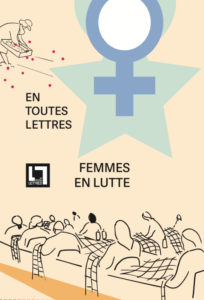The Blue Crab: « Daiich » of the Moroccan Coasts or Blue Gold?
Invasive species, the blue crab is both an ecological and economical challenge for the fishermen of the Mediterranean coast.
Beginning in the 1950s, the Mediterranean sea received an unwanted visitor, the blue crab. This species started invading the Mediterranean coastlines and reached the Moroccan coast in 2017.
Nassir Kaddouri is a PhD student doing his thesis about the blue crab and is working closely with fishermen of the region. “The crab appeared in the Nador Lagune in 2017. It is an invasive species”, he declared to me in a phone call. “An invasive species is a species that eats almost everything, reproduces fast and doesn’t have a lot of predators. The blue crab female can lay about 2 million eggs at once. What is also fascinating is that the blue crab can display a cannibalistic behaviour.”
To be more precise the blue crab is an omnivorous predator, feeding on fish, molluscs, and other crustaceans, but also showing scavenger and cannibalistic behavior; it can eat algae as well. In invaded Mediterranean habitats, it feeds on a wide range of species, including economically important fish, molluscs and crustaceans.
“The fishermen call the blue crab “Daiich” because he causes a mess everywhere he goes!” comments Rabih Lyazghi, who is the director of a scuba diving NGO AMPESA in Al Houceima, is working closely with fishermen and scientists like Nassir Kaddouri. He continues: “This creature is so agile! Unlike other crabs that wait for cadavers of fish to feed on them, the blue crab catches fish if it moves too close to them. Usually the fishermen catch the blue crab red handed with fish in their claws.”
The claws of this crab are devastating not only for other creatures but also to the fishermen of the region. “Once in the fishnet, it is almost impossible to remove it without destroying the nets, and this causes an economic loss for the fishermen”, said Nassir Kaddouri.
He adds: “The economic problems that the crab causes are multiple: first of all, it destroys the nets of the fishermen because it gets stuck in them. Secondly, the fishermen are avoiding certain fishing areas even if they know that it has fish because the blue crab is there, so it’s getting more and more complicated for them to fish. And when the fishermen lay their nets with fish bait, they pull out the nets without fish bait and without fish!”
Food chain
The blue crab was indeed not really welcome in the area, but was forcing itself in the region, eating everything, destroying fishnets and making the lives of fishermen harder. But there are solutions to face this unwelcome guest. Both Rabih Lyazghi and Nassir Kaddouri refered to the Tunisian crab-model: fishing, selling and cooking the blue crab. “Tunisia made a big advance on figuring out how to fight the blue crab: they are exporting it, and selling it in restaurants”, said Rabih Lyazghi. So could the “solution” for an invasive species be that another invasive species – humans – eats it?
On the other side, Nassir Kaddouri declared that in order to fish this crab, the fishermen would need to adapt their nets and work with baited cages, because they are more adapted. Which would require of course money.
Local fishermen stated that there is a demand for the acquisition of this type of crustacean and the price reaches between 35 to 50 dirhams per kilogram. “However since the crab isn’t a part of meals nor our food habits, it is not as praised as fish” concluded Nassir.
Nicola Aimane Dimarco
Lisez l’article traduit en français sur le site d’Enass.ma.
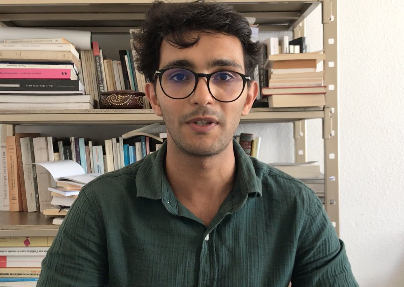 | Nicola Aimane Dimarco est ingénieur d’État en géoinformation et président de l’association Surf4Climate. |
| Ce reportage a été réalisé dans le cadre de la session Openchabab Environnement, avec le soutien de la Fondation Heinrich Böll. | 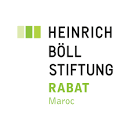 |

